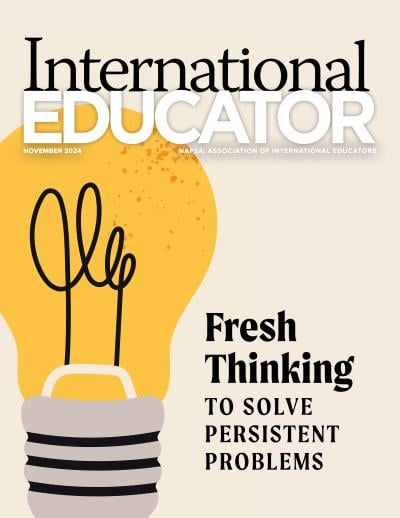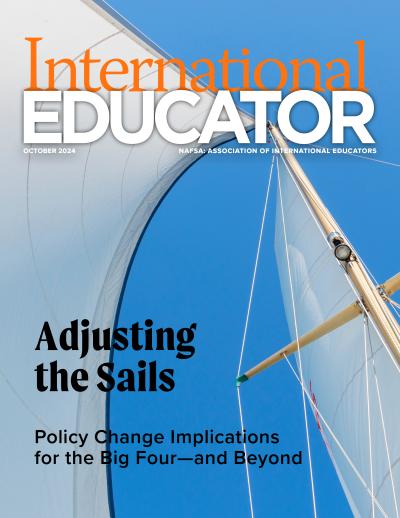The Global Economy: Changes Ahead for Higher Ed

Editor's note: This article was originally published in the Spring 1990 issue of International Educator. In celebration of NAFSA's 75th anniversary, IE is taking a look back at the topics and moments that have defined the field since the magazine began publication 33 years ago.
Maine’s Passamaquoddy tribe manufactures prefabricated housing using the technology of a Finnish corporation. A Floridian buys a life insurance policy with a fast growth option, and the investment surfaces in Singapore. A Japanese bank underwrites credit for the city of Boston.
No, these are not the results of a futuristic worldwide government. They are manifestations of a global economy, one emerging and taking shape right now—one that has profound implications for the United States and its higher education system.
Our country today buys more foreign goods than ever before and sells more abroad, although not as much as we buy. We engage, however, in rather more than the “same old thing” known as trade. We participate in a world economy. Systemic change has rendered business operations global, and nations have become inextricably linked in a macrocosmic web.
Evidence of the new economy is manifold in the United States. Airlines, hotels, banks, and advertising and accounting firms market themselves and operate worldwide. In the last decade, American electronics companies have created more jobs in the Far East than in the United States. Perhaps a third of U.S. trade moves between foreign and domestic divisions of the same corporation. Capital markets have become global. Financial flows











